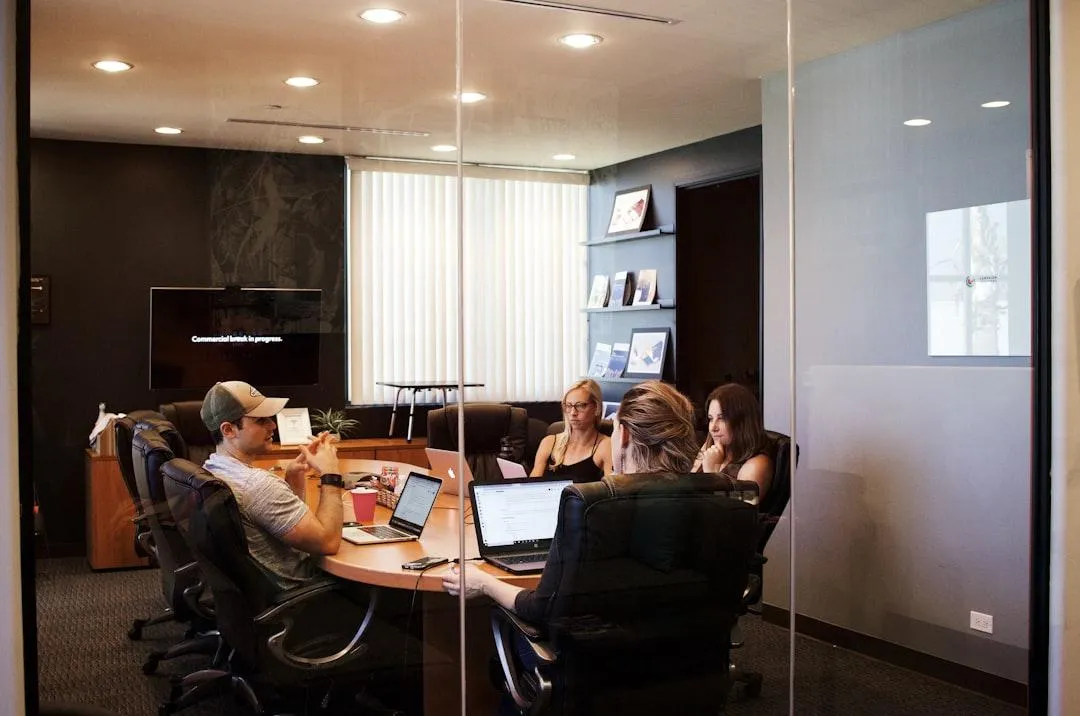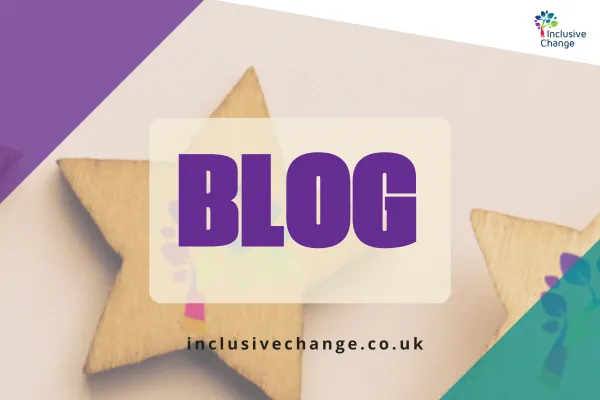
ADHD at Work: Small Adjustments, Big Impact
ADHD at Work: Small Adjustments, Big Impact
October is ADHD Awareness Month, and one question I hear often is, “What can we do right now that would really help colleagues with ADHD?” The good news is, you don’t need to overhaul your organisation overnight. Inclusion and understanding neurodiversity at work, is not about a big bang initiative. It’s about small changes, consistently applied, that add up to make a real difference.
Why understanding ADHD in the workplace matters
ADHD is more common than many realise. Some colleagues have a diagnosis, others are waiting for assessment, and many are masking their challenges, which can sometimes be misinterpreted as capability concerns. The impact is often invisible, but it is there and supporting employees with ADHD is more important then ever. Environments designed without ADHD in mind can add friction, while environments designed with inclusion unlock focus, creativity, and problem-solving for the whole team.
Small changes, big impact
Clear expectations
Ambiguity is a barrier. Sharing clear goals, timelines, and what “good” looks like helps everyone. A short agenda before a meeting, or a two-line summary of next steps afterwards, can prevent hours of wasted effort.
Shorter, sharper meetings
Meetings that run long and back-to-back leave little room for focus or recovery. Try setting meetings for 30 minutes, and encourage a break in between longer meetings. It’s a small adjustment, but the difference in energy, attention and outcomes are huge.
Make work visible
Task boards, shared documents, and agreed owners reduce reliance on memory and email chains. When the work is visible, it is easier to track progress and stay aligned.
Offer choice in delivery
Some people work best in writing, others verbally, others visually. Allowing choice in how work is delivered focuses attention on outcomes rather than one rigid process. Flexibility makes space for strengths.
Protect focus time
Deep work is hard to achieve in noisy or interrupt-driven environments. Offering quiet spaces, noise-cancelling tools, or simply encouraging blocked focus time helps colleagues with ADHD to do their best work, and benefits many others too.
Feedback that sticks
Feedback lands best when it is clear, specific, and kind. Instead of general comments, agree on the next small step together. This makes feedback actionable and motivating.
Shifting the culture
What all these examples have in common is that they are not “special treatment.” They are good practice for everyone, which happens to reduce barriers for people with ADHD. When we make the invisible visible, protect time, and design with flexibility in mind, the culture shifts towards inclusion by default.
The bigger picture
Small changes add up, but sustaining them takes commitment. That is why awareness months like this are important starting points. They give us permission to pause, reflect, and experiment. The next step is embedding what works into the everyday, becoming the norms, driving policies and creating an inclusive culture.
Want to know more?
If you’re curious about what inclusive adjustments could look like in your team, explore our Inclusive Change training prospectus or get in touch to arrange a call.
